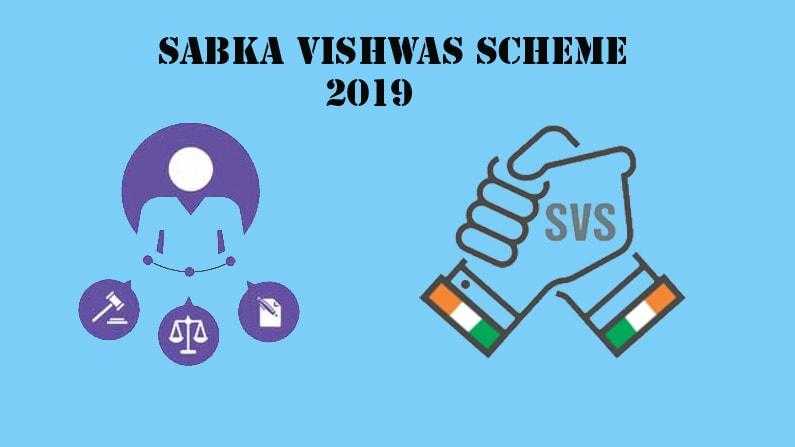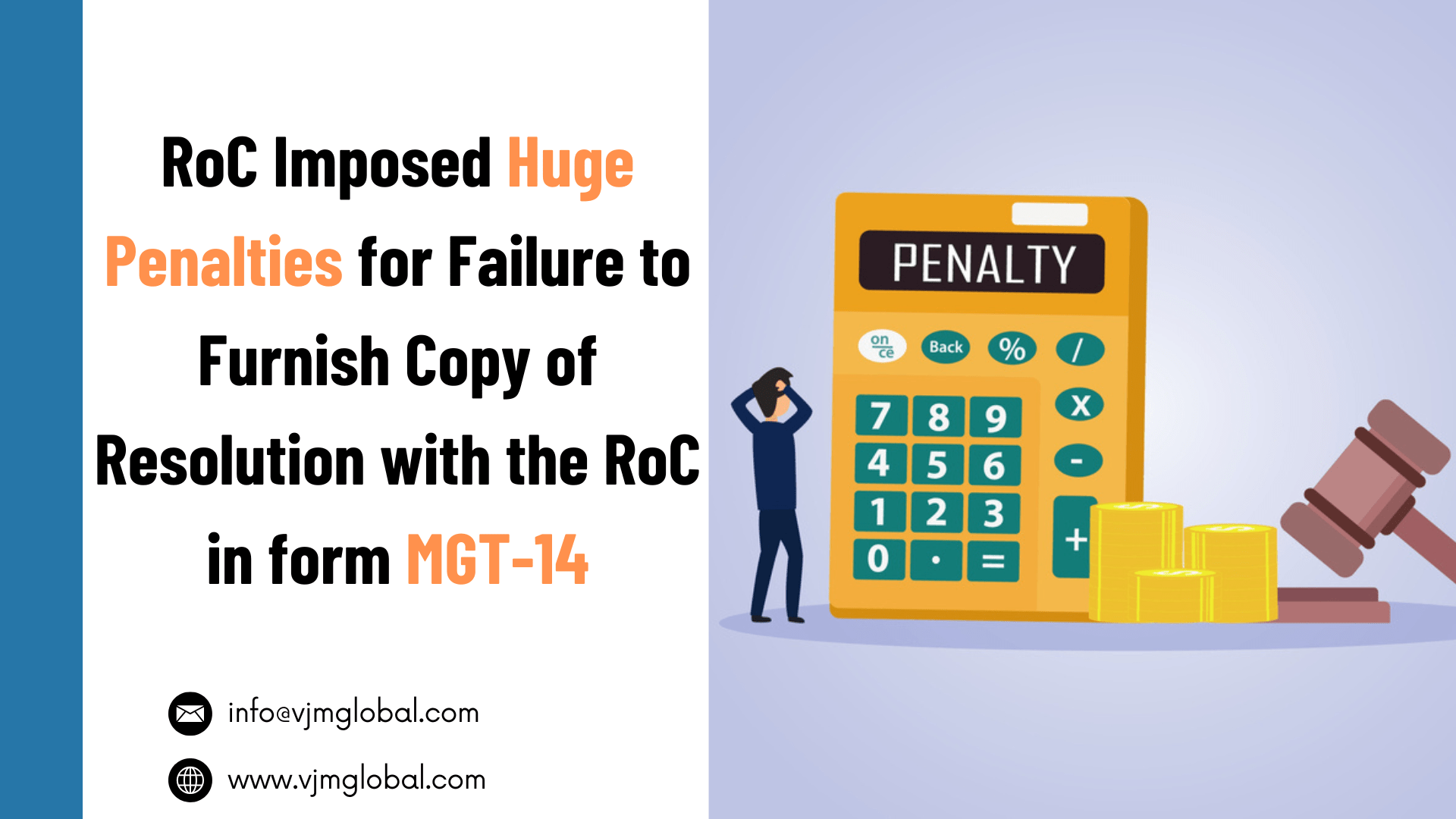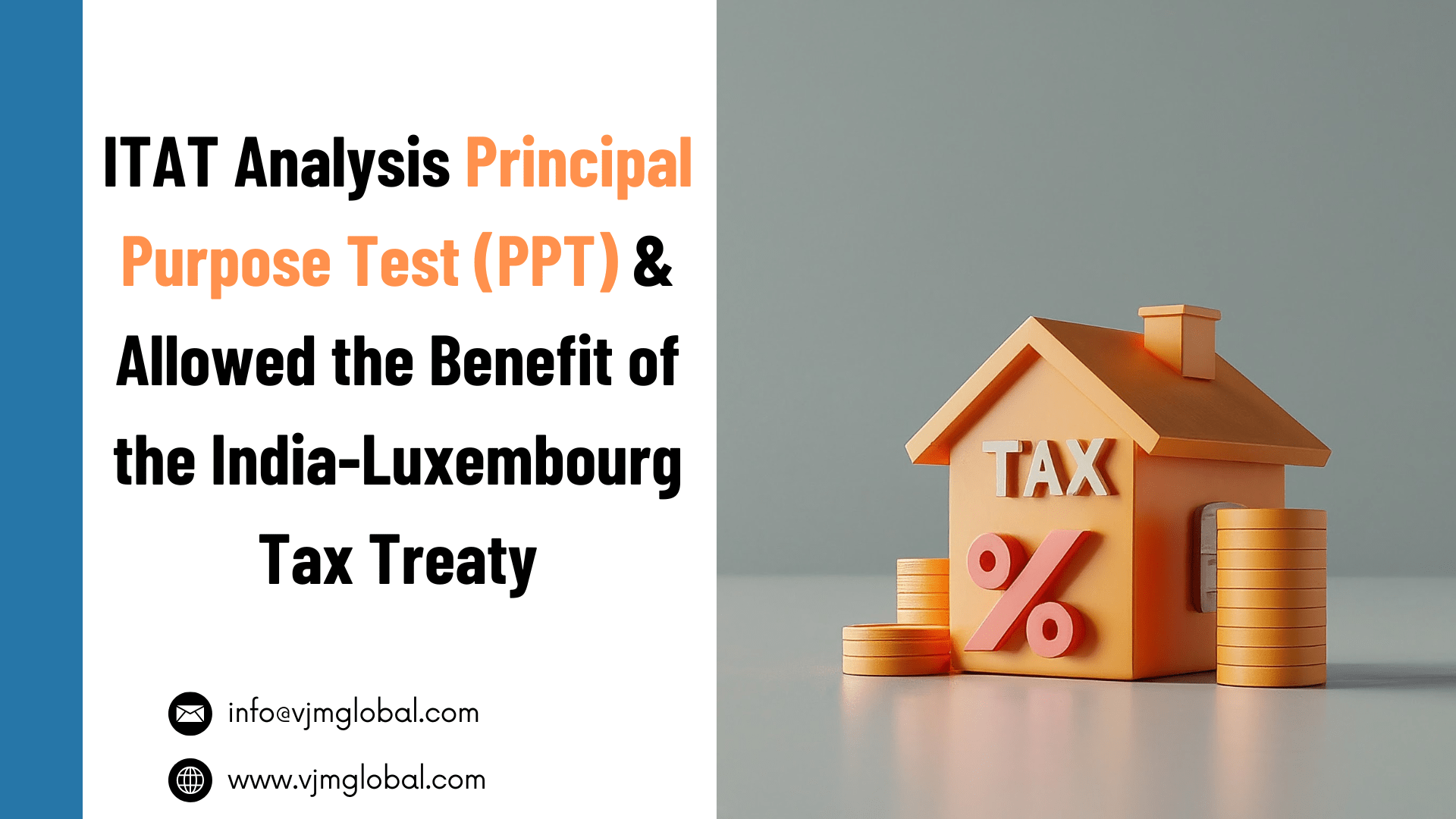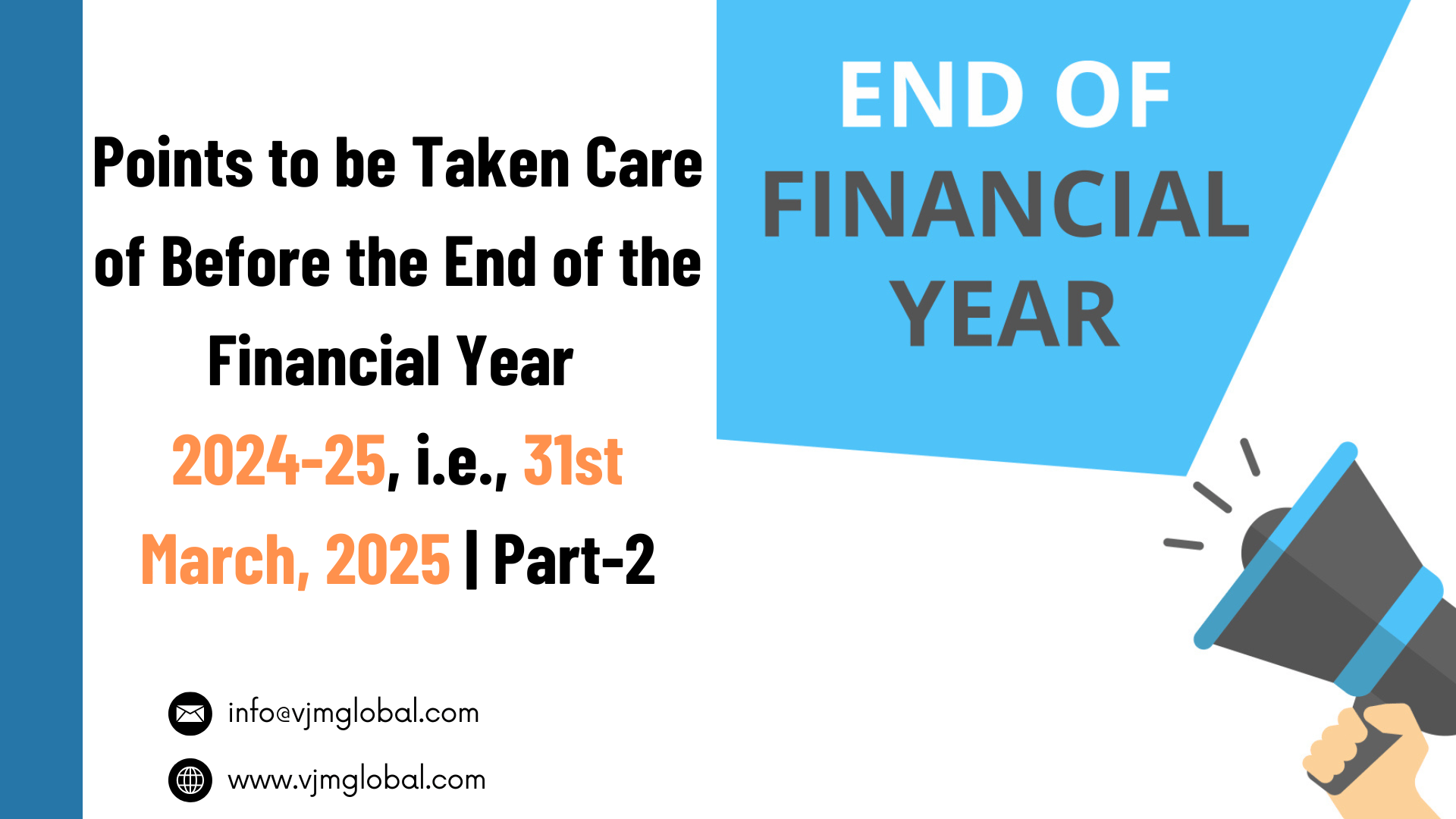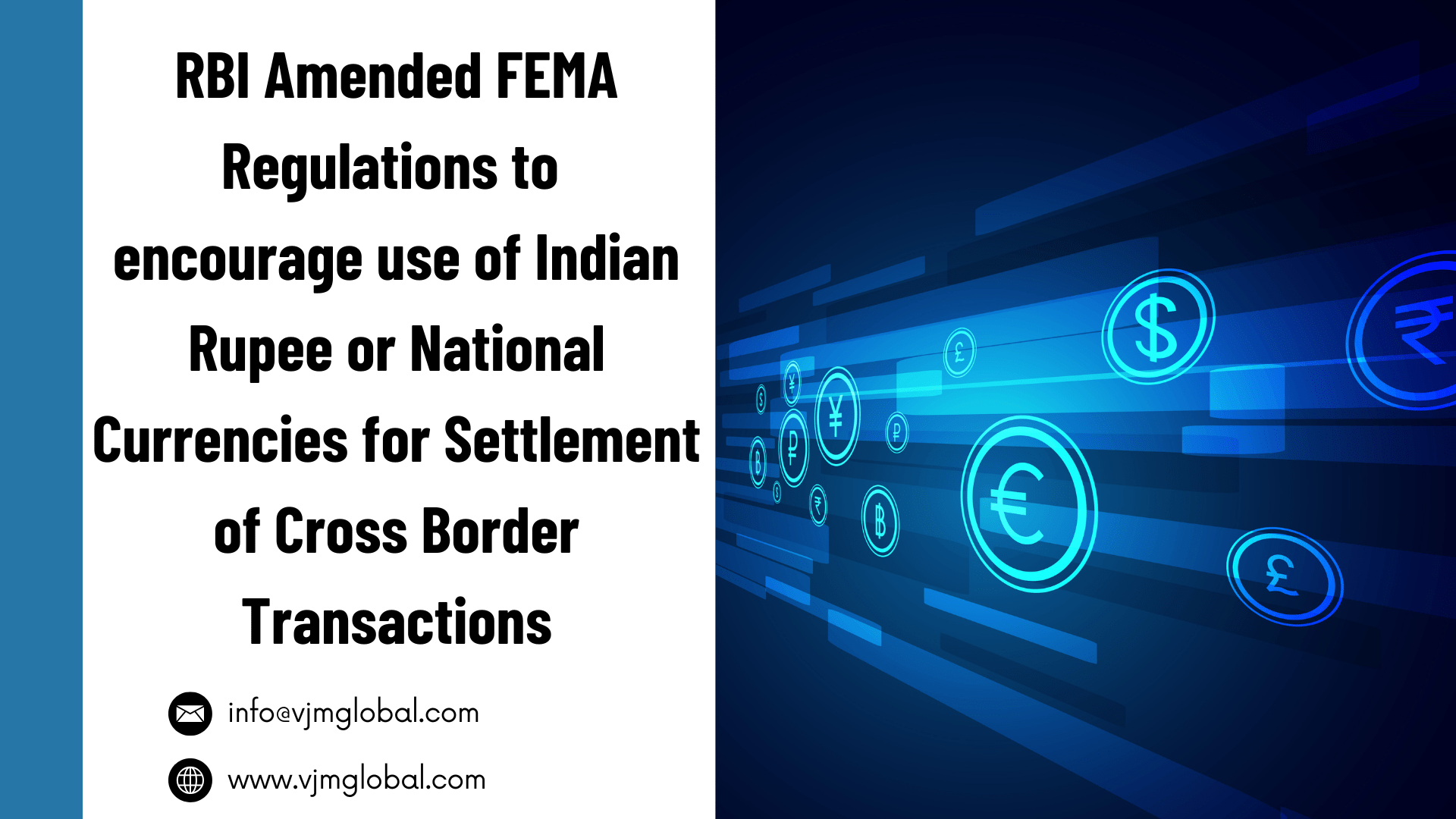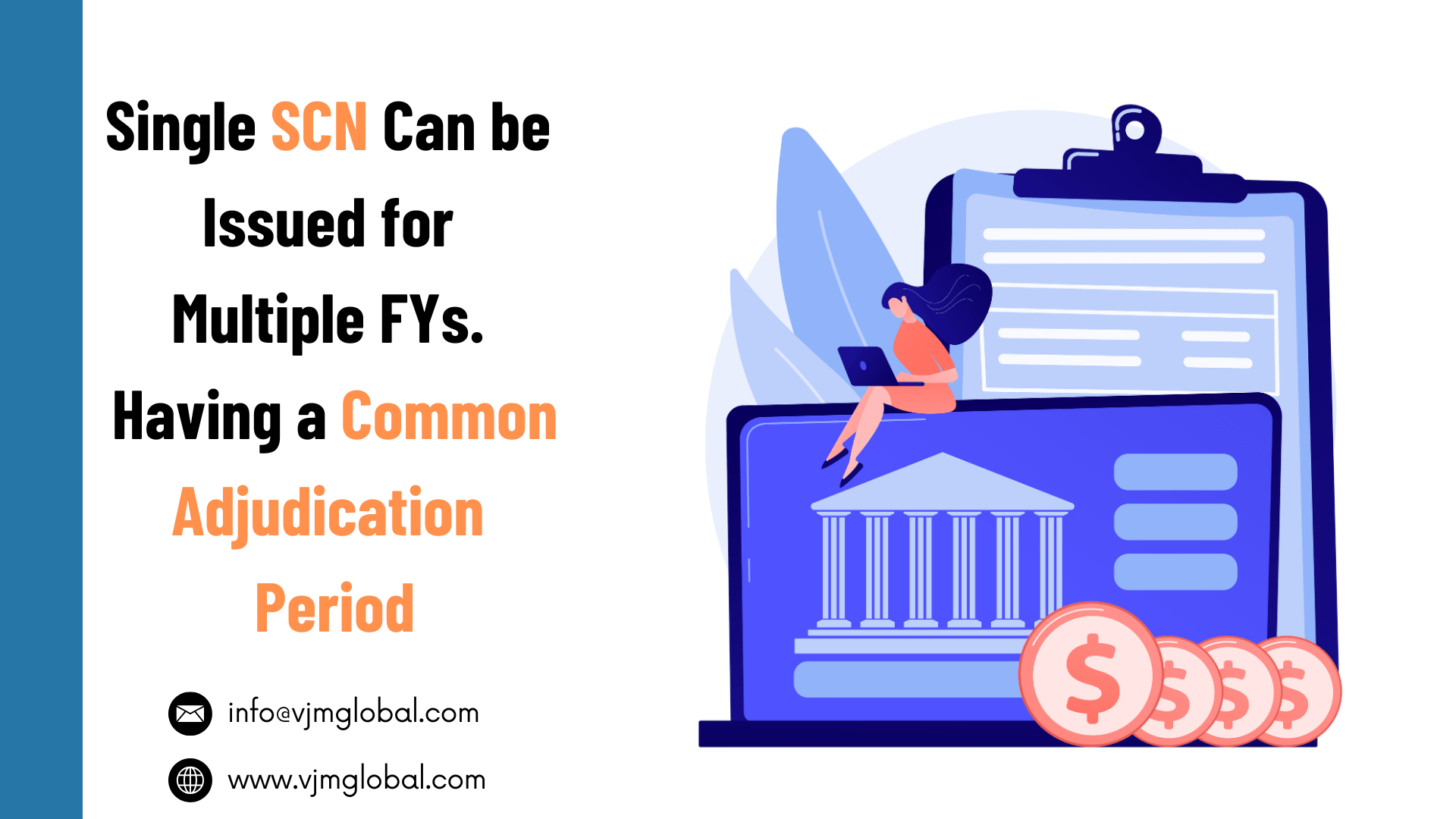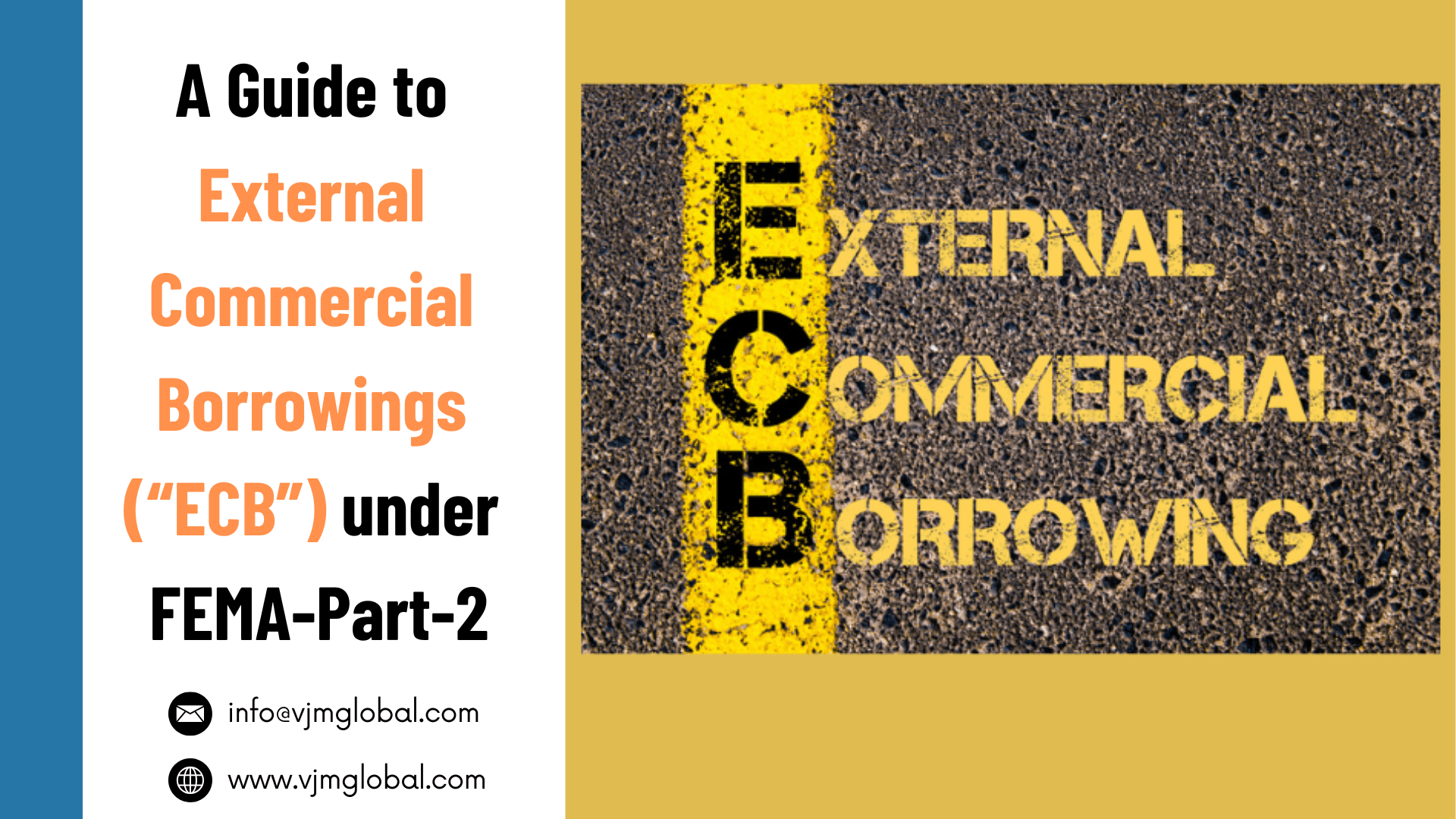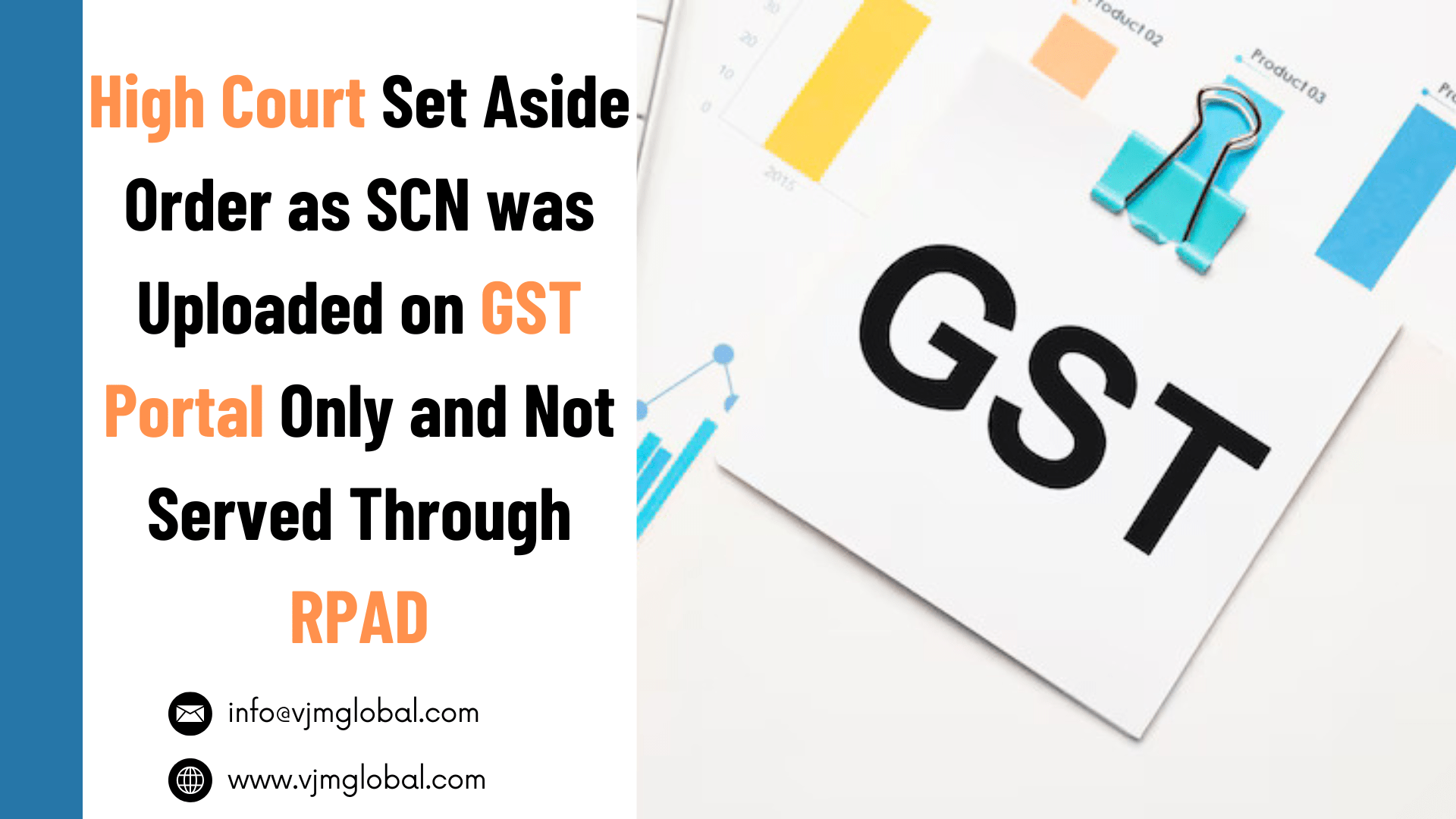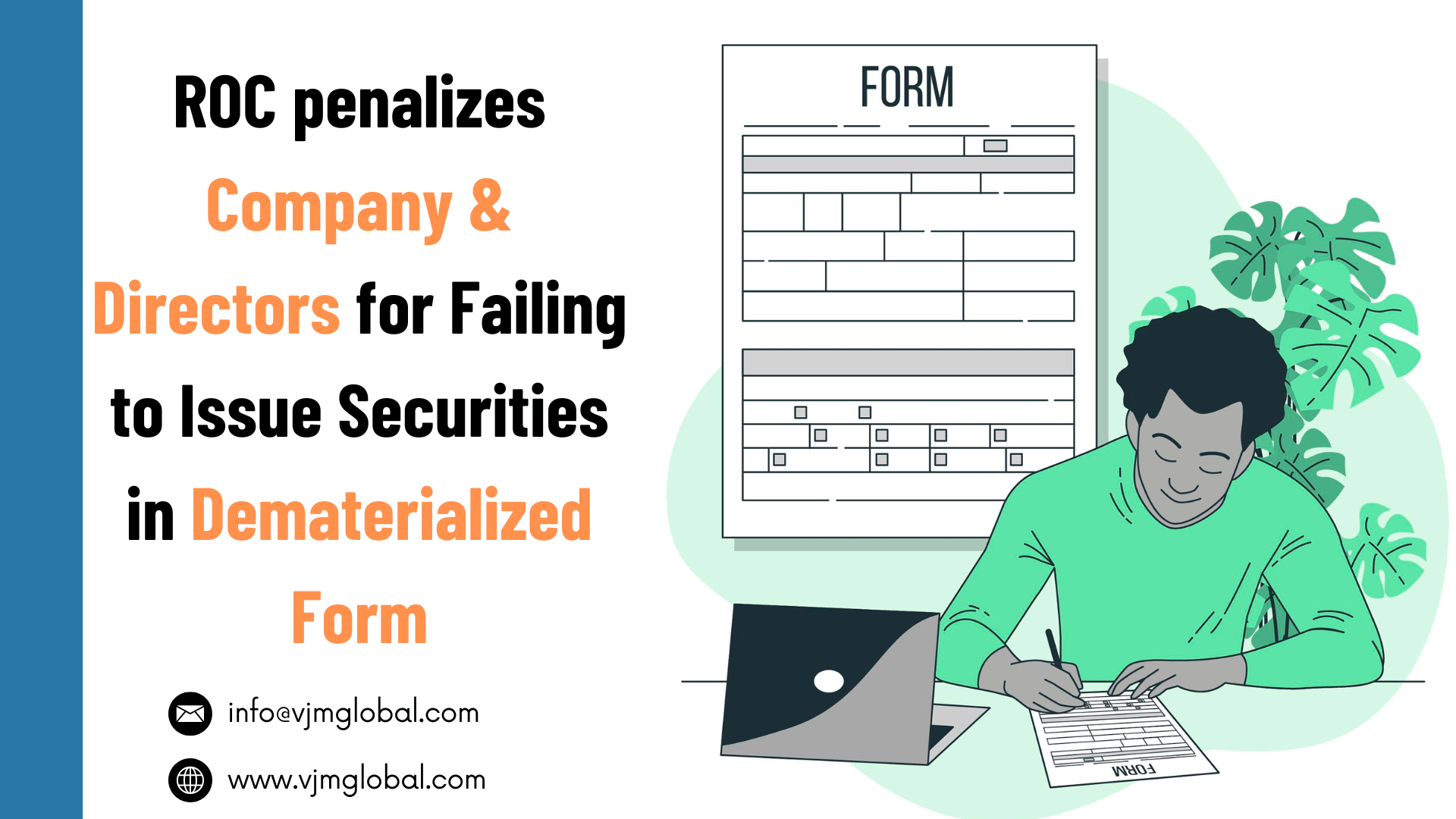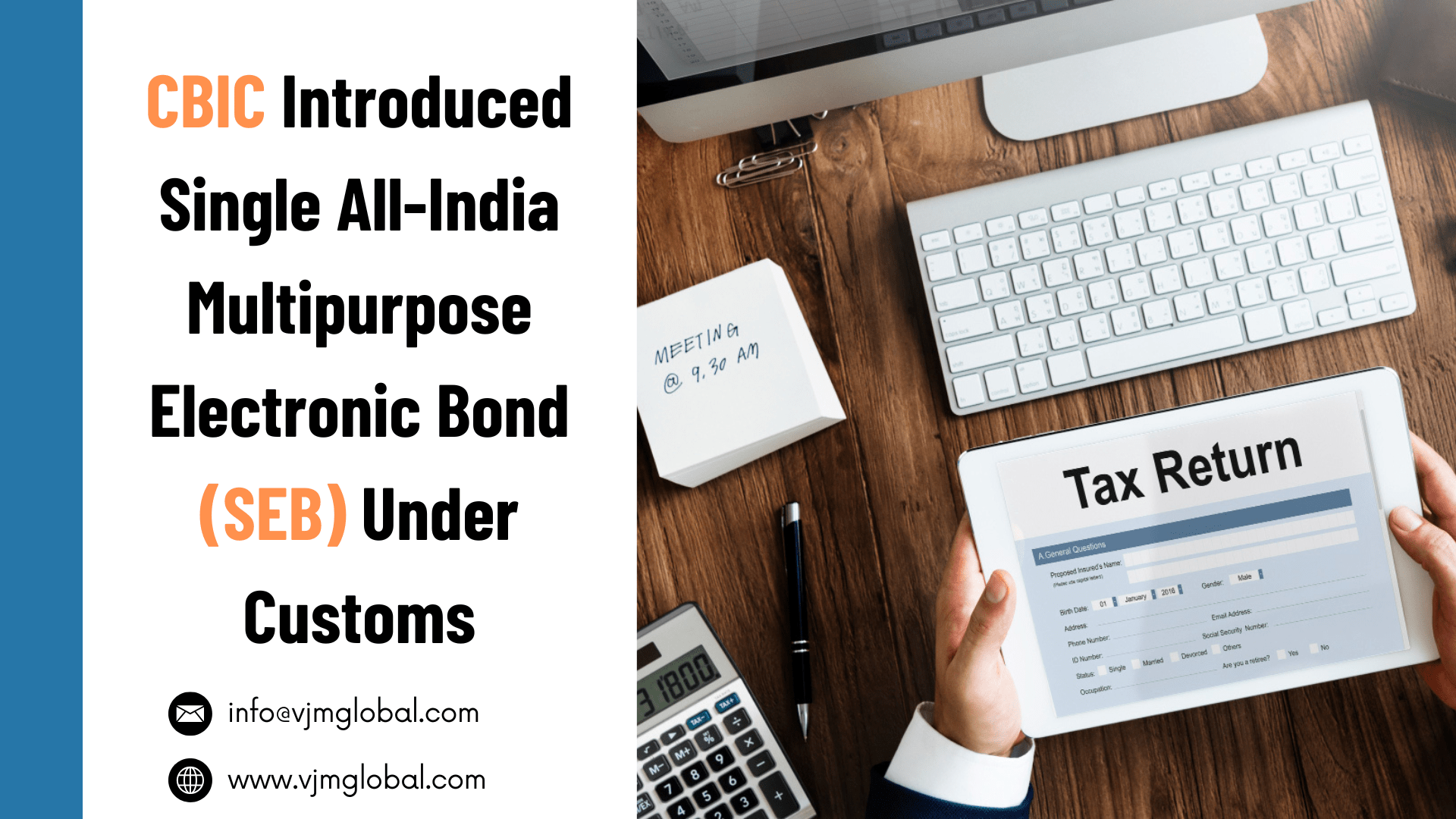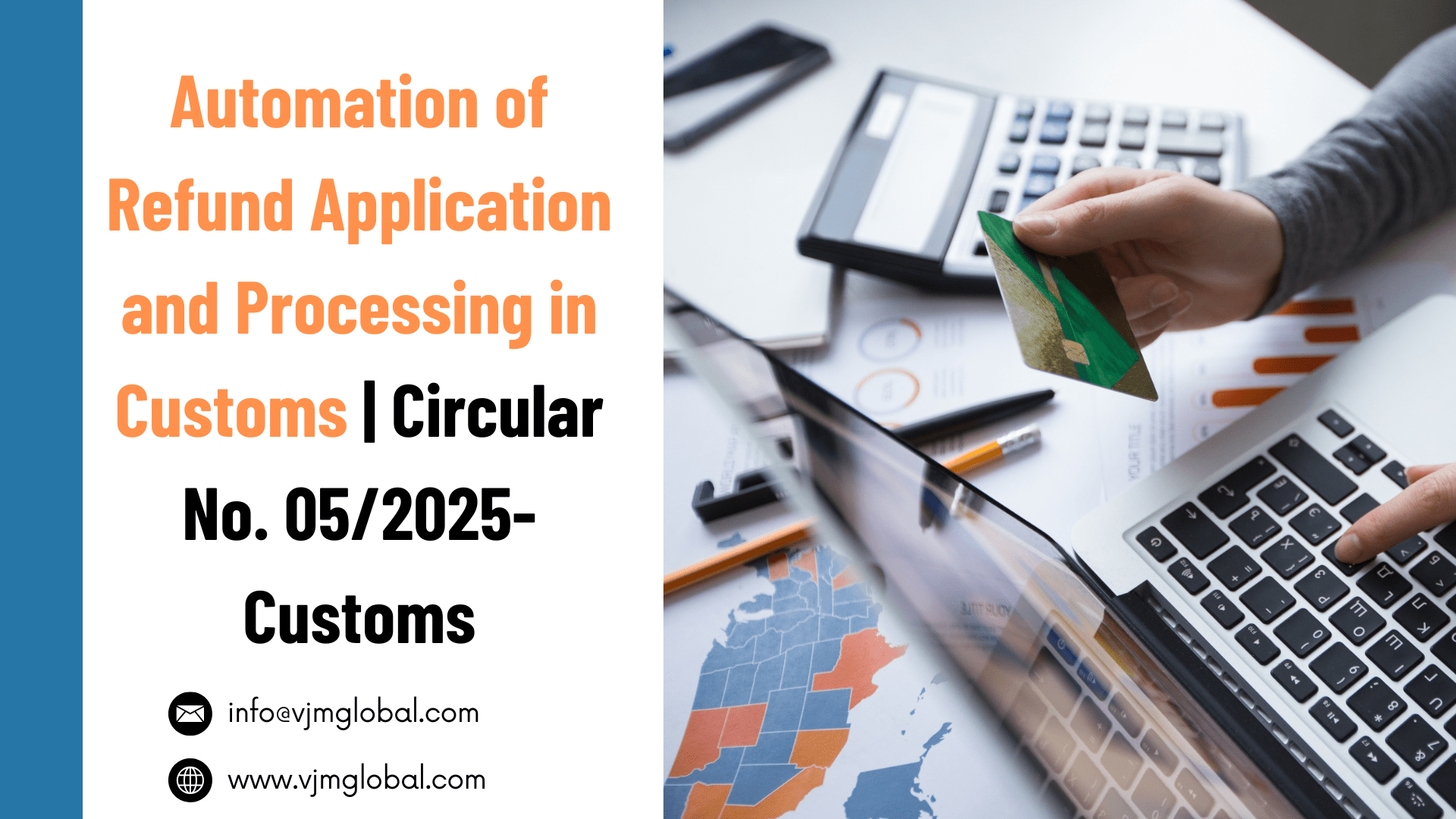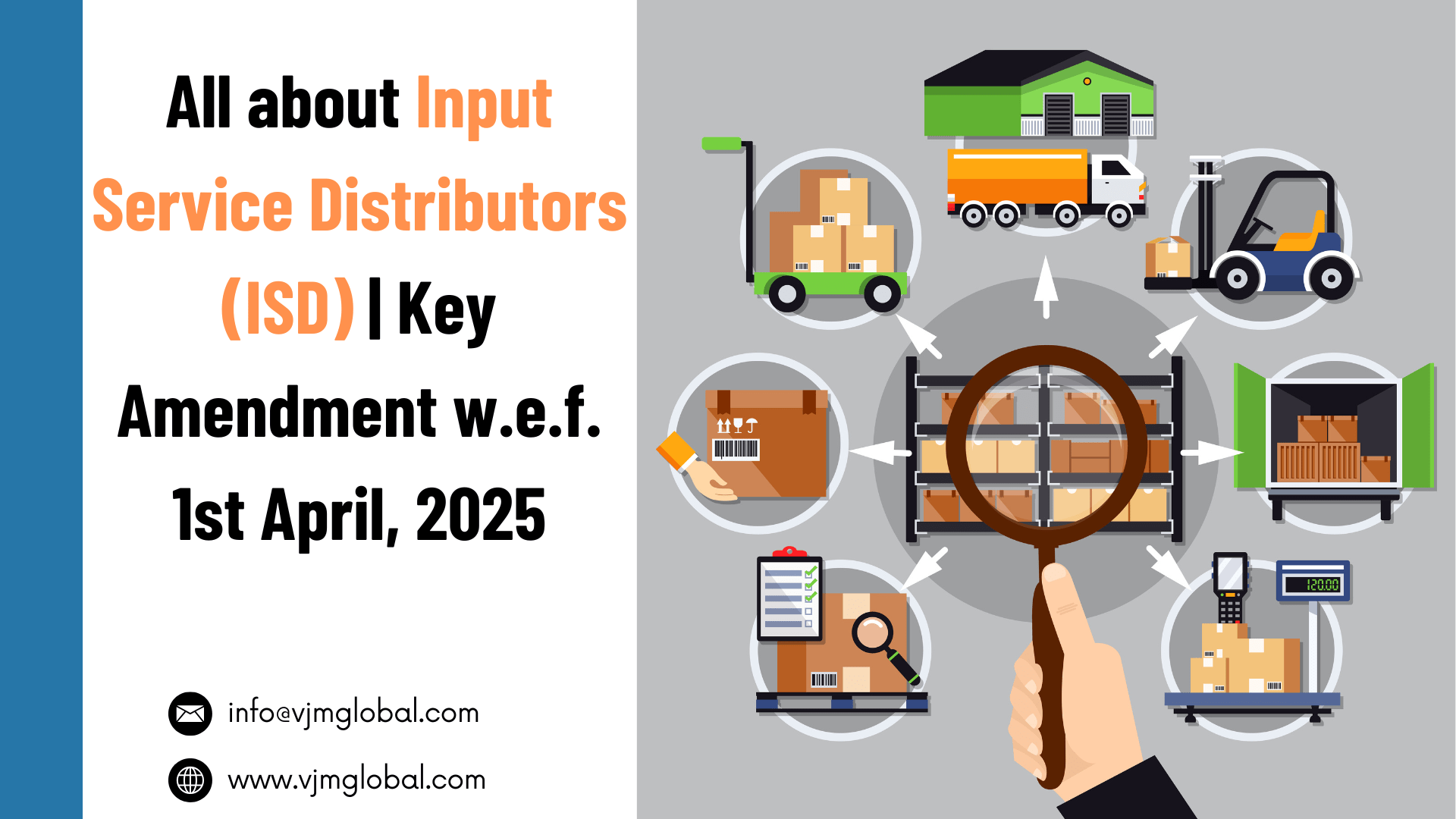Government introduces the “Amnesty Scheme” to resolve long pending litigation by granting a waiver in tax, interest, and penalty amount to some extent. Dictionary meaning of Amnesty is “an official pardon for people who have been convicted of political offenses”. The major objective behind such Sabka Vishwas (Legacy Dispute Resolution) scheme is to resolve litigation without wasting the time of departmental authorities and attractive tax reliefs are provided so that the maximum taxpayers can pay their defaulted amounts.
On the same lines, an Amnesty scheme in name of Sabka Vishwas (Legacy Dispute Resolution) Scheme, 2019 (“SVLDRS” or “Scheme”)” has been introduced wide Chapter V of Finance Act, 2019 wherein the Government has provided option to resolve litigation pending under Central Excise Act, Finance Act, 1994 and other notified acts by way of granting a partial waiver from liability of tax, interest, and penalty.
While availing benefits under Sabka Vishwas (Legacy Dispute Resolution) Scheme or while filing declaration, taxpayers faced various issued and accordingly, various representations were filed with the department to clarify issues involved.
Therefore, in continuation of the Finance Act, 2019 and rules thereunder, the Central Board of Indirect Taxes & Customs (“CBIC” or “Department”) has clarified various issues involved in Sabka Vishwas (Legacy Dispute Resolution) Scheme wide Circular No. 1072/05/2019-CX dated 25th September 2019.
In this article, we will discuss the Sabka Vishwas (Legacy Dispute Resolution) Scheme in detail covering various aspects including issues clarified by the department as follows:
1. Applicability of Scheme to Indirect Tax Enactments (Section 122)
Section 122 of Finance Act, 2019 provides a list of the act for which benefit of the scheme shall be available to taxpayer which mainly includes:
- Central Excise Act, 1944 or
- Central Excise Tariff Act, 1985 or
- Finance Act, 1995 or
- Other act specified in Section 122(b) or
- Any other act, as Central Government may notify from time to time.
2. Eligible persons to file an application under Sabka Vishwas (Legacy Dispute Resolution) SVLDRS:
1. Benefit of Sabka Vishwas Dispute scheme is not available to every ongoing litigation or matter in dispute under the above-mentioned acts.
2. Section 125(1) specifies that all persons are eligible to make a declaration under the scheme except the following persons:
- Who has filed an appeal before the appellate forum and such appeal has been finally heard on or before 30th June 2019.
- Who has been convicted for any offense punishable under Indirect tax enactments for the matter for which he intends to file declaration. Therefore, barring is given for those matters only for which the taxpayer has been convicted. He is still eligible to file a declaration for any other eligible matter.
- Show Cause Notice issued under Indirect tax enactments and it has been finally heard on or before 30th June 2019.
- (CBIC has clarified vide circular that Benefit of the scheme shall be available to person where the final hearing has taken place before 30th June 2019, if appellate/adjudication order is passed and has attained finality or appeal period, is over and other requirements of schemes are fulfilled.)
- Show Cause Notice issued for erroneous refund or refund
- A person who has been subject to any inquiry or investigation or audit and the amount of duty involved is not quantified till 30th June 2019.
- (If balance sheet, profit & loss A/c or any other document is called under Section 14 of Central Excise Act, 1944 then designated committee will decide on the basis of facts and circumstances that whether provisions of section 125(1)(f) are attracted to the case or not- as clarified by circular)
- A person making voluntary disclosure after being subject to any inquiry or investigation or audit.
- A person making voluntary disclosure having filed a return under indirect tax enactment wherein the amount has been indicated as payable but it was not paid.
- Against an application filed with settlement commission for the settlement of the case.
- Declarations with respect to excisable goods set forth in 4th Schedule to Central Excise Act, 1944.
3. Declaration under Scheme (Sabka Vishwas Dispute) is made in electronic form through Form SVLDRS-1 as notified in the Sabka Vishwas (Legacy Dispute Resolution) Scheme Rules, 2019 at https://www.cbic-gst.gov.in/cbec-portal-ui/?amnestyScheme.
4. Accordingly, while filing the application, Sr. No. 8 of Part-B of form SVLDRS-1 will pop up a list of eligibility conditions to ensure that person filing declaration is eligible to do so.
5. Upon selection of all applicable answers, system will automatically disallow ineligible persons to file a declaration.
6. However, if any person provides incorrect information in form SVDLRS-1 which makes him eligible for the scheme, even though he is ineligible, then such declaration shall be considered as void and such person shall be informed about his ineligibility through the letter (as clarified by circular)
3. Category for filing of the application in form SVLDRS-1 Sabka Vishwas (Legacy Dispute Resolution)
While filing declaration in form SVLDRS-1, an applicant is required to select category under which he is filing application. Form will provide the following categories along with corresponding sub-categories to file declaration:
| Category | Particular | Sub-Category |
| Category-I | SCN involving duty along with interest/latefee/penalty (if any) pending as on 30.06.2019 and final hearing not held before 30.06.2019 | NA |
| Category-2 | SCN involving penalty or late fee only pending as on 30.06.2019 and final hearing not held before 30.06.2019 | NA |
| Category-3 | Appeal pending as on 30.06.2019, final hearing not held before 30.06.2019 | NA |
| Category-4 | Arrears | a. Appeal not filed or appeal having attained finality# b. Tax Dues declared in return as payable but not paid* |
| Category-5 | Investigation, Enquiry or Audit | a. Investigation by DGGI b. Investigation by Commissionerate c. Audit |
# If a taxpayer opts for relief under SVLDRS and he doesn’t want to file appeal even though the time period for filing of appeal is not over then circular has clarified that the taxpayer can file a declaration under the Scheme provided he gives in writing to the department that he will not file an appeal and such declaration shall be binding on the taxpayer.
* it has been clarified vide circular that If a Declarant has filed a return but not paid duty for multiple returns then declaration under SVLDRS shall be made separately for each return.
4. Meaning of “Tax Dues”
Tax relief under the scheme Sabka Vishwas (Legacy Dispute Resolution) is given as a percentage of “Tax Dues”. Accordingly, it is important to know the meaning of “Tax Dues” so that benefit under the scheme Sabka Vishwas (Legacy Dispute Resolution) can be computed. Section 122 has defined “Tax Dues” as follows:
| Category | Particular | Cases | Meaning of Tax Dues |
| Category-I | SCN involving duty along with interest/late fee/penalty (if any) pending as on 30.06.2019 and final hearing not held before 30.06.2019 | NA | Amount of duty stated to be payable by the declarant in such SCN.* |
| Category-2 | SCN involving penalty or late fee only pending as on 30.06.2019 and final hearing not held before 30.06.2019 | NA | Amount of duty stated to be payable by the declarant in such SCN.* |
| Category-3 | Appeal pending as on 30.06.2019, final hearing not held before 30.06.2019 | a. A Single appeal arising out of an order is pending before appellate forum as on 30th June, 2019 | Amount of Duty in dispute in Appeal |
| b. More than one appeal arising out of an order (One by the declarant and other by Departmental Authority) is pending before appellate Forum as on 30th June 2019 | Sum of : a. Duty in Dispute in appeal filed by declarant b. Duty in dispute in appeal filed by Departmental Authority | ||
| Category-5 | Arrears | a. Appeal not filed | a. amount of duty which is recoverable as arrears of duty under the indirect tax enactment, on account of no appeal having been filed by the declarant against an order or an order in appeal before the expiry of the period of time for filing an appeal |
| b. appeal having attained finality | b. amount of duty which is recoverable as arrears of duty under the indirect tax enactment on account of order in appeal relating to the declarant attaining finality; or | ||
| c. Tax Dues declared in return as payable but not paid | c. Amount of duty which is recoverable as arrears of duty under the indirect tax enactment on account of the declarant having filed a return under the indirect tax enactment on or before the 30th day of June 2019, wherein he has admitted a tax liability but not paid it. | ||
| Category-6 | Investigation, Enquiry or Audit | NA | Amount of duty payable quantified on or before 30th June 2019 |
*Provided that if SCN is issued to the declarant and other persons making them jointly and severally liable for an amount, then, the amount indicated in such notice as jointly and severally payable shall be taken to be the amount of duty payable by the declarant
5. Relief Available under Scheme
On the filing of declaration under the Scheme Sabka Vishwas (Legacy Dispute Resolution), the declarant shall be provided with the following relief as given under section 124(1):
| Cases | Tax Dues | Tax Relief | Interest | Penatiles | |
| a. | SCN or one or more appeals arising out of such notice which is pending as on 30th June, 2019 | INR 50,00,000 or less | 70% of Tax dues | 100% Waiver | 100% Waiver |
| More than INR 50,00,000 | 50% of Tax Dues | 100% Waiver | 100% Waiver | ||
| b. | SCN for late fee or penalty only and the amount of duty in the said notice has been paid or is nil | No Limit | Entire Amount of late fee or penalty | 100% Waiver | 100% Waiver |
| c. | Amount in arrears | INR 50,00,000 or Less | 60% of Tax Dues | 100% Waiver | 100% Waiver |
| More than INR 50,00,000 | 40% of tax Dues | 100% Waiver | 100% Waiver | ||
| d. | Amount in arrear where declaranthas indicated amount of duty in return but not paid it | INR 50,00,000 or Less | 60% of Tax Dues | 100% Waiver | 100% Waiver |
| More than INR 50,00,000 | 40% of tax Dues | 100% Waiver | 100% Waiver | ||
| e. | In case of enquiry, investigation oraudit against the declarant and the amount quantified on or before 30th June, 2019 | INR 50,00,000 or less | 70% of Tax dues | 100% Waiver | 100% Waiver |
| More than INR 50,00,000 | 50% of Tax Dues | 100% Waiver | 100% Waiver | ||
| f. | Voluntary Disclosure | No limit | 100% tax to be deposit | 100% Waiver | 100% Waiver |
Note: The relief calculated above shall be subject to the condition that any amount paid as pre-deposit at any stage, shall be deducted when issuing the statement indicating the amount payable by the declarant. Further, if the amount of pre-deposit or deposit already paid by the declarant exceeds the amount payable by the declarant, as indicated in the statement issued by the designated committee, the declarant shall not be entitled to any refund.
Further, following clarifications have been provided:
- Circular has clarified that “Tax dues” are the amount of duty which is outstanding against the declarant after adjusting taxes already paid. Such payment may be in the form of pre-deposit appropriated or paid subsequently by the taxpayer voluntarily against the outstanding amount.
- Accordingly, relief under section 124(1)(c), Sabka Vishwas (Legacy Dispute Resolution) shall be computed on the net outstanding amount.
- However, if declaration is made under any other category, the relief shall be applied to the outstanding amount and thereafter the pre-deposit/deposit shall be adjusted.
- If declarant deposits tax amount without interest and later on an SCN is issued to him demanding such interest then relief under SVLDRS is also available against such interest amount
6. Verification and Further processing of declaration by Designated Committee:
1. Designated committee shall verify the correctness of the declaration made by the declarant. However, no such verification shall be made in case where a voluntary disclosure is made by the declarant.
2. Issue of statement by Designated Committee:
a. Same amount determined as payable by Designated Committee
Where the amount estimated by designated committee is equal to amount declare by the declarant then designated committee shall issue in electronic form, a statement, indication amount payable within 60 days of receipt of the declaration.
b. Excess amount determined as payable by Designated Committee
- Where an excess amount is estimated by the Designated committee as payable by the declarant, then the designated committee shall issue an estimate within 30 days of receipt of the declaration.
- The designated committee shall give an opportunity of being heard to the declarant, if he so desires, before issuing the final statement of the amount payable by the declarant. However, on sufficient cause being shown by the declarant, only one adjournment may be granted by the designated committee.
- After hearing the declarant, a statement in the electronic form indicating the amount payable by the declarant shall be issued within a period of 60 days from the date of receipt of the declaration
3. Declarant shall make payment of the final amount electronically through internet banking within 30 days from the date of issue of such statement
4. Where the declarant has filed an appeal or reference or a reply to the show-cause notice against any order or notice giving rise to the tax dues, before the appellate forum, other than the Supreme Court or the High Court, then, notwithstanding anything contained in any other provisions of any law for the time being in force, such appeal or reference or reply shall be deemed to have been withdrawn.
(It has been clarified vide circular that provisions of deemed withdrawal shall also apply to Departmental Appeal, if any. Further, if departmental appeal is pending with HC or SC, department shall file application for withdrawal of such appeal, writ or reference after issuance of discharge certificate. Further, If prosecution has already been launched then procedure given in Circular No. 1009/16/2015-CX dated 23-10-2015 should be followed for withdrawal of prosecution after issuance of discharge certificate.)
5. Where the declarant has filed a writ petition or appeal or reference before any High Court or the Supreme Court against any order in respect of the tax dues, the declarant shall file an application before such High Court or the Supreme Court for withdrawing such writ petition, appeal or reference and after the withdrawal of such writ petition, appeal or reference with the leave of the Court, he shall furnish proof of such withdrawal to the designated committee along with the proof of payment
6. On payment of the amount determined as payable and on submission of proof of payment, the designated committee shall issue a discharge certificate in electronic form within 30 days.
7. Rectification of Error
Designated Committee may modify its order within 30 days of the date of issue of a statement only to correct an arithmetical error or clerical error that is apparent on the face of the record.
8. Issue of discharge certificate to be conclusive of matter and time period
Every discharge certificate issued under section 126 shall be conclusive as to the matter and time period stated therein, and
- Declarant shall not be liable to pay any further duty, interest, or penalty;
- Declarant shall not be liable to be prosecuted under the indirect tax enactment
- No matter and time period covered by such declaration shall be reopened in any other proceeding under the indirect tax enactment.
- No person is a party in appeal, application, revision or reference shall contend that the central excise officer has acquiesced in the decision on the disputed issue by issuing the discharge certificate under this scheme;
- Issue of the discharge certificate with respect to a matter for a time period shall not preclude the issuance of a show-cause notice:
- for the same matter for a subsequent time period; or
- for a different matter for the same time period;
- In a case of voluntary disclosure, if any material particular furnished in the declaration is subsequently found to be false, within a period of 1 year of issue of the discharge certificate, it shall be presumed as if the declaration was never made and proceedings under the applicable indirect tax enactment shall be instituted.
9. Restriction under Scheme:
Any amount paid under this Scheme Sabka Vishwas (Legacy Dispute Resolution):
- Shall not be paid through ITC or
- shall not be refundable under any circumstances;
- shall not be taken as an input tax credit or entitle any person to take the input tax credit, as a recipient
In case any pre-deposit or other deposit already paid exceeds the amount payable as indicated in the statement of the designated committee, the difference shall not be refunded.

